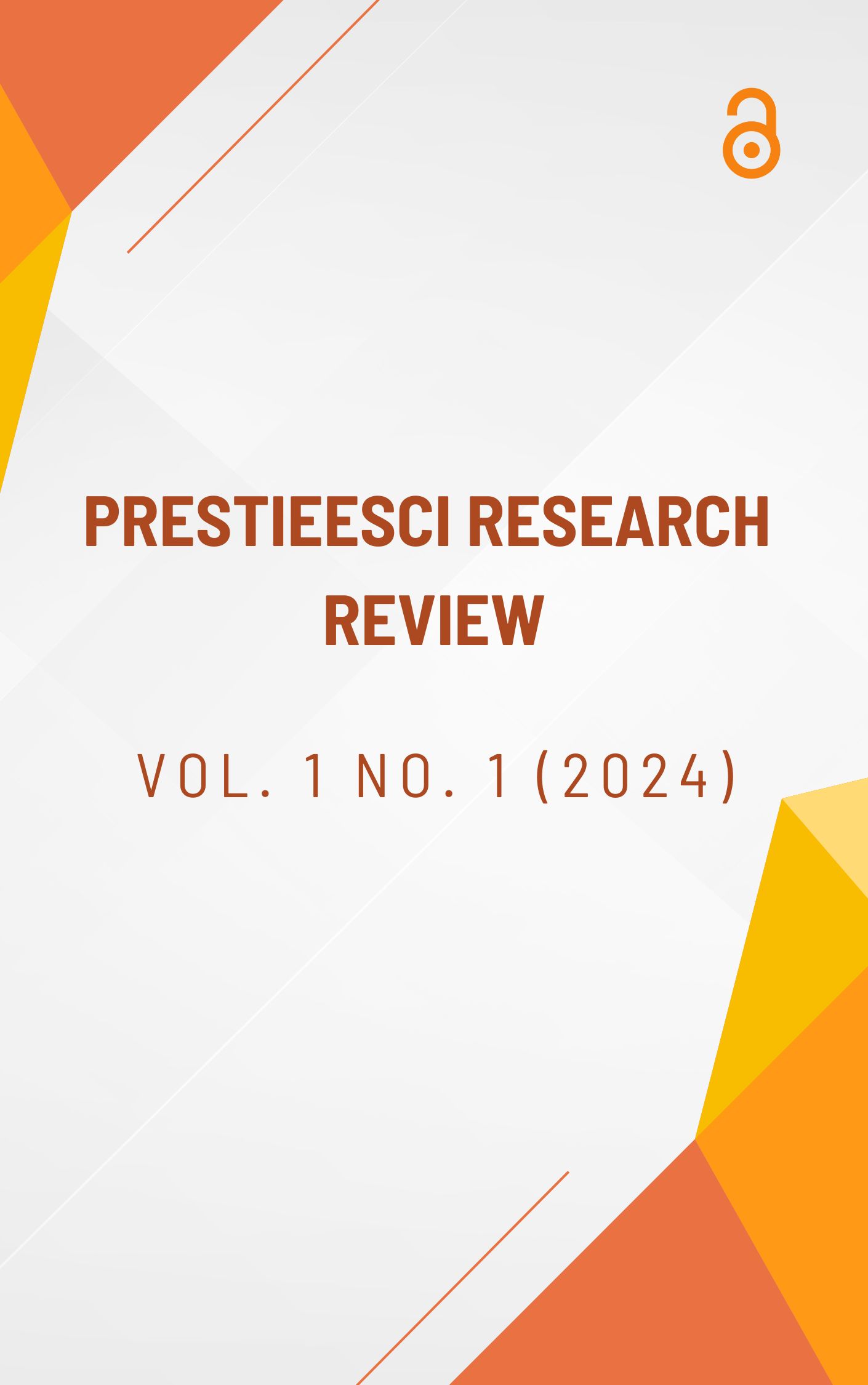DEPTH ANALYSIS OF THE FUNCTIONS OF COMPUTERS IN DIGITAL FORENSICS AS THEY RELATE TO ORGANISATIONS IN TIMES OF CRISIS AND DISASTER
Abstract
Digitalisation is booming these days, and everyone from individuals to large corporations is using it to their advantage. There has to be some kind of digital system that allows us to do more in less time if researcher are to achieve this goal. On top of that, the researcher utilise social media sites for fun. The researcher don't see anything wrong with this, but researcher need to be cautious with our systems and social media since crime is on the rise along with digitisation. Installing software that protects against cyber attacks is a must. There are a variety of assault strategies, and The researcher need to be aware of them. In essence, this presentation will centre on the field of digital forensics and the function that computers play in it, which will assist us in the event of an assault. Anxieties about China's potential digital infrastructure collapse and the resulting loss of competitive edge have gotten out of hand. Every area where the West claims a cyber threat from China has significant Western advantages and major Chinese weaknesses. Prioritising political information control above technical cyber defence has led to China's networks being less efficient economically and more vulnerable to foreign infiltration. China may stealthily penetrate overseas targets as well, but it's unclear how well it can use stolen data, particularly in the most competitive parts of the value chain where the US has a stronghold. Discovering and making sense of data stored in digital form is known as digital forensics. Through systematic collection, identification, and validation of digital material, the technique aims to restore historical events while preserving evidence in its most original form.




